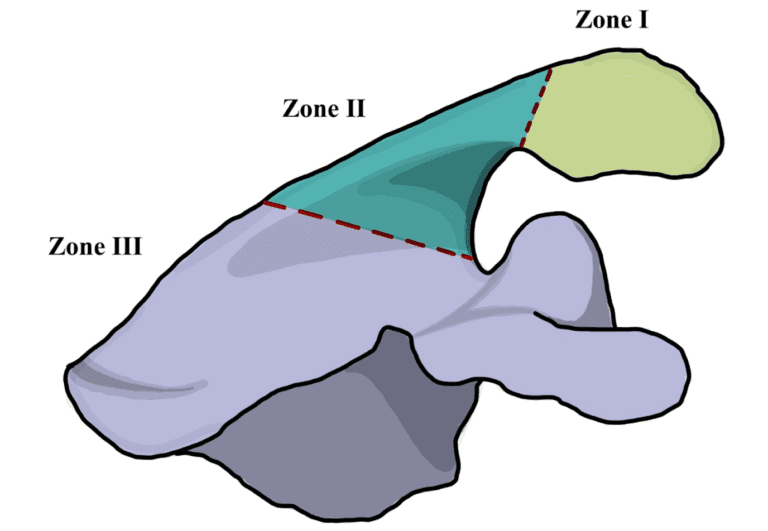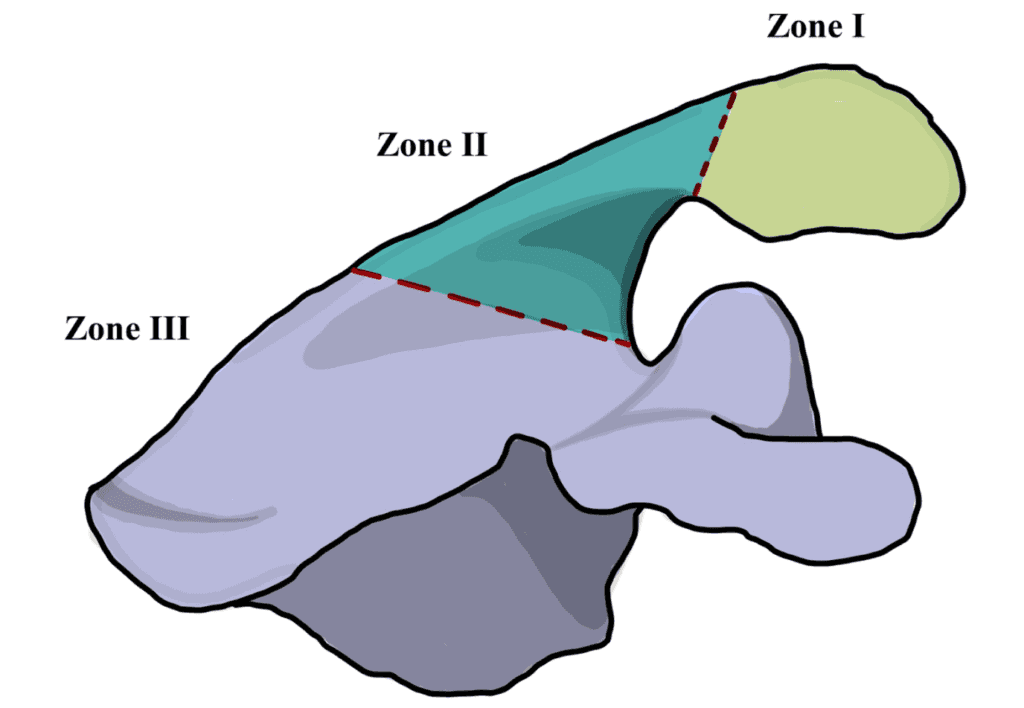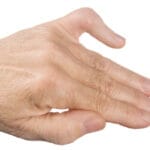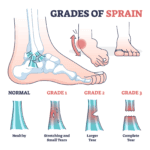Overview:
Stress fractures of the acromion and scapular spine are common complications after reverse total shoulder arthroplasty (RTSA), a type of shoulder replacement surgery. These fractures occur due to the increased stress on the shoulder bones after surgery.
What are Acromion and Scapular Spine Stress Fractures?
- Acromion: The highest point of the shoulder blade.
- Scapular Spine: A ridge on the back of the shoulder blade.
Causes of Stress Fractures:
- Falls: Direct impacts can cause fractures.
- Surgery-Related Stress: Changes in shoulder mechanics after RTSA increase stress on these bones.
Symptoms:
- Pain: Sudden increase in pain over the acromion or scapular spine.
- Loss of Function: Difficulty moving the shoulder.
- Slow Recovery: Delayed progress during rehabilitation may indicate a fracture.
Diagnosing Stress Fractures:
- Initial Imaging: X-rays to identify fractures.
- CT Scans: For detailed images, especially if X-rays are inconclusive.
Types of Fractures:
- Levy Classification: Based on the location of the fracture relative to the deltoid muscle.
- Crosby Classification: Based on the relation to the AC joint.
| Levy Classification | Crosby Classification | ||||
| Type I | Fracture involving portion of anterior and middle deltoid origin | Small avulsion of anterior acromion | |||
| Type II | Fracture involving entire middle and portion of posterior deltoid origin | Fracture just posterior to AC-joint | |||
| Type III | Fracture involving entire middle and posterior deltoid origin | Dislocated fractures of posterior acromion or scapular spine | |||
Treatment Options:
- Non-Surgical Management:
- Suitable for less severe fractures (Type I and some Type II).
- Rest and Immobilization: Stopping physiotherapy and using a sling to support the shoulder.
- Follow-Up: Regular X-rays to monitor healing.
- Surgical Management:
- Required for more severe fractures (Type III and some Type II).
- Open Reduction and Internal Fixation (ORIF): Surgical techniques to realign and stabilise the bones using plates and screws.
Post-Operative Rehabilitation:
- Immobilisation: Using a sling or brace for 6 to 8 weeks.
- Gradual Exercises: Starting with gentle movements after immobilisation.
Possible Complications:
- Implant Failure: Need for revision surgery if the hardware fails.
- Non-Union: Fractures are not healing properly and require additional surgery.
- Malunion: Bones healing in an incorrect position.
Lessons Learned:
- Accurate diagnosis and imaging are essential for effective management.
- Non-surgical treatment can work for some fractures, but surgery is often needed for more severe cases.
- Understanding shoulder mechanics helps guide treatment decisions.
- Post-operative rehabilitation and careful monitoring are crucial for successful outcomes.
- Further research is needed to establish the best treatment protocols.






